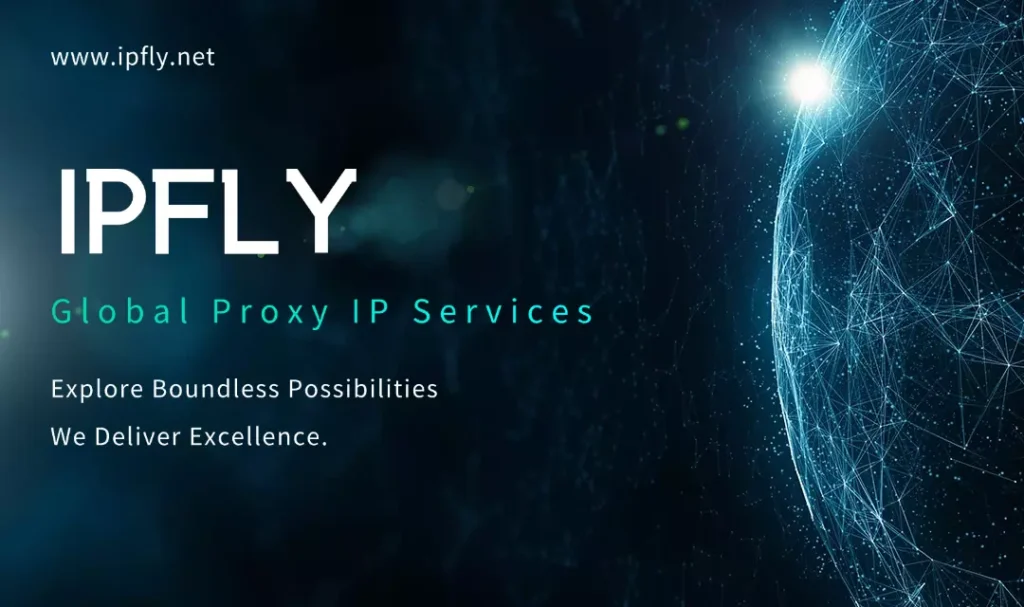In the vast, churning ocean of the internet, with its billions of data points, how does a modern business find the exact person it needs to talk to? This isn’t a simple act of searching; it’s a sophisticated science known as digital prospecting. This process, a fascinating blend of data analysis, pattern recognition, and clever technology, is the core subject explored in resources like the Spylead Blog.
Think of the Spylead Blog as a field guide or a lab manual for this modern science. This popular science tutorial will use the topics it covers as our launchpad to explore the core principles of how professionals find information and forge connections in the digital age.

The Digital Breadcrumbs – The Science of Finding an Email
One of the fundamental challenges in B2B (Business-to-Business) communication is finding a professional email address. As often detailed in guides like those on the Spylead Blog, this isn’t magic—it’s a methodical process of following “digital breadcrumbs.”
An email-finding tool, at its core, is a digital detective. It uses several scientific techniques:
Web Crawling: The tool deploys small, automated bots (crawlers) to scan publicly accessible parts of a company’s website, looking for any mention of employee emails on pages like “About Us” or “Contact.”
Pattern Recognition: The detective’s sharpest tool is pattern analysis. Most companies use a consistent email format (e.g., firstname.lastname@company.com or f.lastname@company.com). By identifying this pattern from a few known examples, the tool can form a highly educated hypothesis about the email address of any other employee at that company.
Verification Ping: To confirm its hypothesis without sending an actual email, the tool can send a tiny, non-intrusive signal to the company’s mail server. It essentially asks the server, “Does this mailbox exist?” The server’s response (a “yes” or “no”) verifies the email address with a high degree of accuracy.
The LinkedIn Connection – Mapping the Professional Graph
Finding an email is only half the battle; you need to find the right person’s email. This is where platforms like LinkedIn come in. LinkedIn is, scientifically speaking, the world’s largest, publicly accessible professional graph—a massive map of who works where, their job titles, and their professional connections.
The Spylead Blog and similar resources teach the science of navigating this graph. By analyzing a company’s page, prospectors can map out its internal structure, identify the key decision-makers (like a Head of Marketing or a Chief Technology Officer), and pinpoint the exact individual they need to contact. It transforms a cold call into a strategically targeted piece of communication.
The Ethics and Tools of the Trade
The science of prospecting comes with significant responsibilities. Modern data work is governed by a strict code of ethics and privacy laws (like GDPR in Europe). This means that all data must be sourced from publicly available information, not through hacking or illicit means.
Furthermore, the act of collecting this public data at scale presents a technical challenge. When automated tools make hundreds of requests to a website (like LinkedIn or a corporate site) from a single IP address, they are often flagged as bots and blocked.
To prevent this, professionals use a network of proxies to manage their digital identity. A professional service like IPFLY, for instance, provides access to a secure pool of residential IP addresses. By routing their research queries through these clean, trusted IPs, they can gather the necessary public data without disrupting the websites they are visiting and without having their own network IP blocked. This demonstrates a key principle of professional data work: using the right tools to operate effectively, ethically, and respectfully.
Need high-standard proxy strategies or stable enterprise-grade services? Visit IPFLY.net now for professional solutions, and join the IPFLY Telegram community—get industry insights and customized tips to fuel your business growth and seize opportunities!

From Data to Deals – The Human Element
As the Spylead Blog often emphasizes, finding the data is just the beginning of the scientific process. The data provides a target, but the next step involves strategy and psychology. The blog and other similar resources delve into the applied sciences of:
Cold Outreach: Crafting emails that are personalized, respectful, and provide immediate value.
Sales Cadence: Designing a sequence of follow-ups that is persistent but not annoying.
Personalization: Using the data you’ve gathered to tailor your message to the recipient’s specific role and challenges.
The Science of Connection
The Spylead Blog serves as a window into the modern science of digital prospecting. This field is a compelling mix of computer science, data analysis, and human psychology. It’s about using technology to methodically follow digital breadcrumbs, map professional networks, and use that information to build meaningful business relationships. In the digital age, the ability to find and make the right connections isn’t just an art—it’s a science, and resources like this blog are the textbooks we use to learn it.


